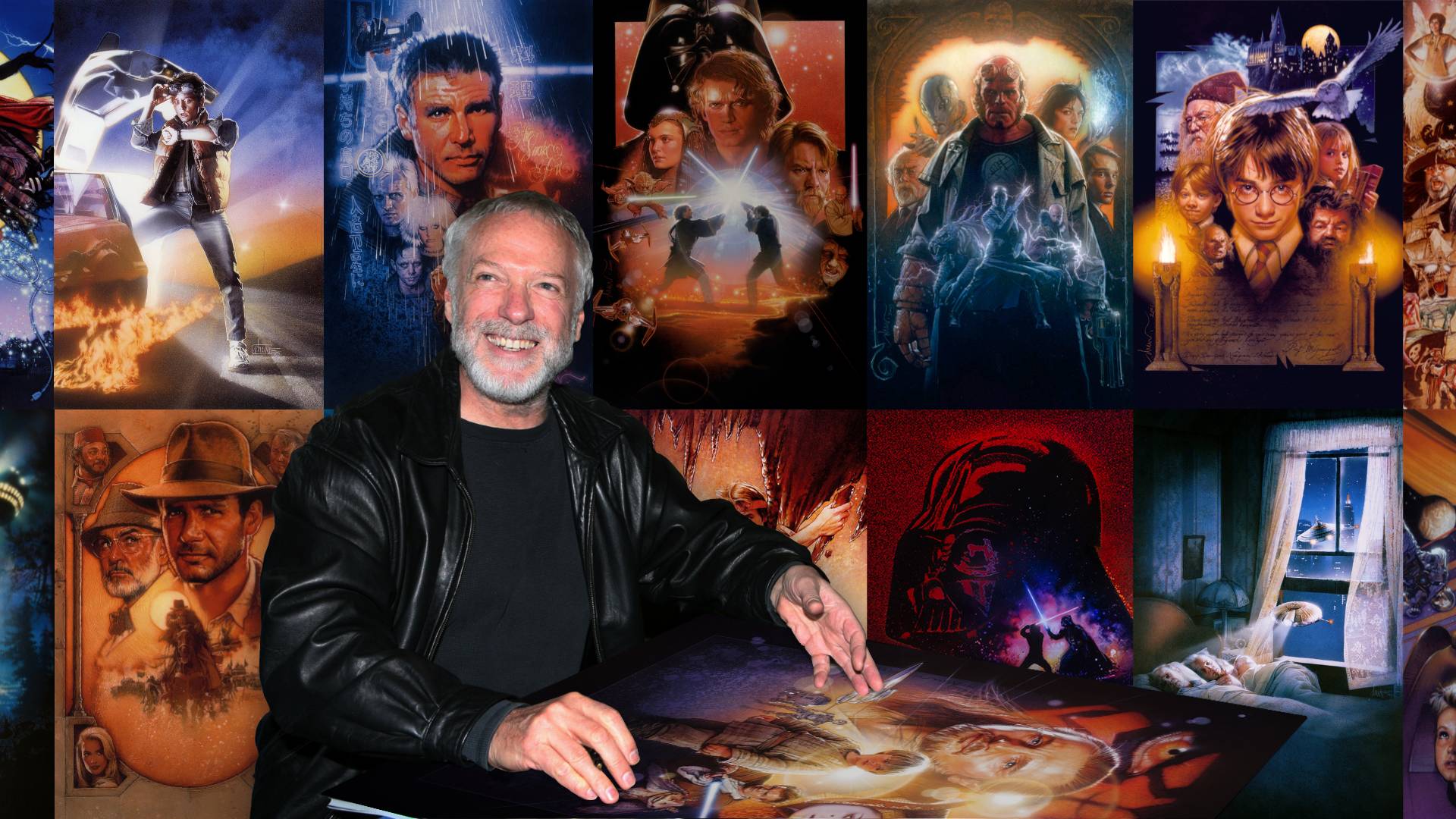At Galaxy Cinemas on Thursday, January 28, ReFrame opened their 12th festival with a red carpet. I assume this carpet was a commentary or joke about the nature of film festivals. Around the globe, festivals are often exclusionary, expensive, and luxurious. Tickets are challenging to get your hands on and premieres are filled with special guests and celebrities rather than cinephiles.
On opening night, as I stood waiting for a ticket to the Ontario premiere of Anne Troake’s 3D film OutSideIn (Canada, 2014), I thought, “I’d hate to do this at TIFF for a whole week.” And when the two individuals ahead of me were told that OutSideIn had just sold out, but tickets were still available for their “guest list,” the irony nearly killed me. ReFrame had replicated the festival experience.
I left the lobby while some 30+ people loitered and complained. We should have known that the screening would sell out. The event was sponsored by Public Energy and their screening of Wim Wender’s Pina (2011) some years ago nearly sold out as well.
Audiences were more jovial during the other three days of the festival. 60+ short and feature-length films provided spectators with weekend entertainment. Festival-goers filled George St. and wandered in and out of Market Hall, Showplace, and The Venue for screenings, and the Bourbon Barrel Saloon for panels. Local eateries offered food specials and local organizations peddled baked goods in the lobbies of the theatres.
I saw ten or so short and feature-length films. Anthony Baxter’s A Dangerous Game (UK, 2014) assesses the economic and environmental impact of golf course construction in historical and/or ecologically fragile sites. Baxter heads to Scotland, Croatia, Dubai, China, and Las Vegas. He finds one rich man after another building golf resorts on unsustainable land.
Baxter wonderfully weaves through these different areas, with particular attention paid to Aberdeenshire and Dubrovnik, and shows these famous courses are economically and environmentally unethical. Through the use of interviews with residents, lawyers, government officials, and even Donald Trump himself (the proud owner of several resorts), Baxter paints a disturbing picture of the sport of golf.
The Oscar-nominated Claude Lanzmann: Spectres of the Shoah (Canada/UK/USA/Germany, 2015) provided some background and context to one of the greatest documentaries ever made, Lanzmann’s 10-hour Shoah (1985), and interviewed the 90-year-old director. On the one hand, during producer Kelsey Irvine’s Q&A, audiences were engaged with the film and wanted to know more about Shoah.
On the other, Claude Lanzmann was an awfully constructed documentary that used cliché genre techniques to generate cheap sentimentality. If it weren’t for Lanzmann’s brilliant and haunting words, this HBO documentary would have fallen completely flat (last year I groaned all the way through HBO’s Regarding Susan Sontag [2014] as well).
The film seemed to explicitly make Shoah (and the Shoah) digestible, precisely the opposite of what Lanzmann intended in his documentary. Audiences nevertheless loved Claude Lanzmann because it skillfully married made-for-TV documentary with a difficult subject. Conversely, Lanzmann’s Shoah demonstrates that the form of a film should work in tandem with its content.
I also viewed several films that looked more like commercials/infomercials than documentaries. Henny’s Opus in B Minor (Canada, 2014) was initially intended as promotional video for the respective retirement home, thus requiring that no negative images of the subject’s dementia be shown (although, Henny was a joy); and On Beauty (USA, 2014) was a 30-minute advertisement for Rick Guidotti’s photography enterprise Positive Exposure.
Matthew Hayes’s Tilco Strikers (Canada, 2015) was one of the few inspired documentaries, despite its short length. Hayes uses voiceover, archival materials, and historically inaccurate clips to tell the tale of the 35 Peterborough women who went on strike at Tilco in 1965. I spoke with Hayes and he was happy to have another of his films screened at ReFrame. He drew the details from an article by Joan Sangster and thought this was a story that needed to be retold.
One of the highlights of ReFrame was Zofia Pregowska’s Invisible (Poland, 2014). This is the only film I’ve seen at ReFrame that doesn’t resort to the documentary modes of exposition or interactivity, what film critic and theoretician Bill Nichols defines as “overly didactic” films and films that have “excessive faith in witness [that result in a] naïve history.”
Instead, Invisible uses the direct cinema approach. Krystyna, 90 years old and nearly blind, still “writes” poetry. She scrawls on sheets or speaks into a recorder. These poems are then collected by a transcriber and editor.
The “fly-on-the-wall” approach is immersive and never didactic; we feel her poems rather than facts about her life, or who she was/is. Invisible was the most experimental film I saw during the festival, despite the ReFrame booklet claiming that “cutting-edge” documentaries are still being produced these days.
In a January issue of Arthur, I reviewed Peter Bosma’s book Film Programming (2015). He writes that a film festival’s draw is its programme – before all else, a festival is responsible for curation and the curators are the “gatekeepers of culture.” While ReFrame is competently organized, the branding and marketing are superb, and the community support is unbelievably positive, the programme always suffers. This may be because ReFrame doesn’t want to alienate its audience by screening films longer than 100 minutes.
Critic Eric Hynes (Film Comment) notes that despite “this season’s dispiritingly samey, well-heeled award candidates [two Oscar shortlisted films were screened at ReFrame]… 2015 was yet another phenomenal year for nonfiction film.” He then lists his top 10, none of which we saw in Peterborough. Granted, ReFrame functions by submissions, but there are a handful of documentaries every year that should be searched out, purchased, and screened.
ReFrame is still not taking any risks despite their financial and community success. I hope that next year they screen those “cutting-edge” films. I’m ready to see a programme more inclusive of the gamut of documentary filmmaking today.


.png)


.jpg)


.jpeg)



.jpg)

.jpg)

.jpg)







.png)